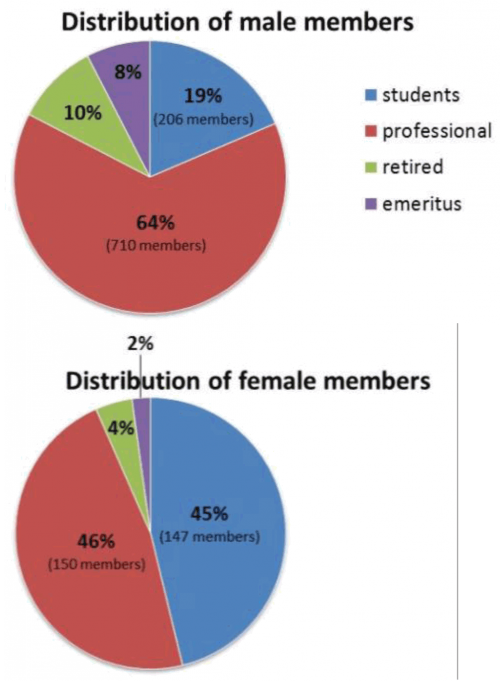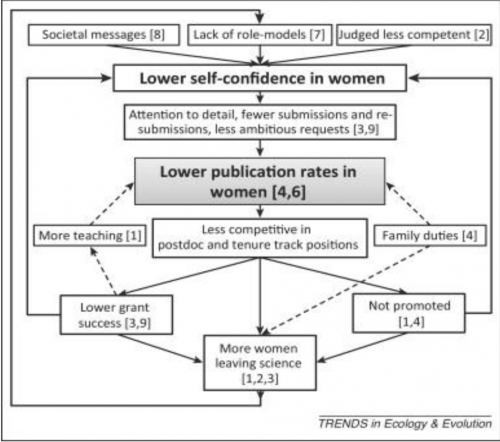Nothing at all! I gave the students an exam instead! While I got a plane and left ice-bound Morris to fly to Fort Lauderdale, Florida! Bwahahahahahaha!
Sometimes it is so good to be the professor. And if ever you wonder why my students hate me with a seething hot anger, it’s because I’m such an evil bastard.
Here’s what they have to answer.
Developmental Biology Exam #1
This is a take-home exam. You are free and even encouraged to discuss these questions with your fellow students, but please write your answers independently — I want to hear your voice in your essays. Also note that you are UMM students, and so I have the highest expectations for the quality of your writing, and I will be grading you on grammar and spelling and clarity of expression as well as the content of your essays and your understanding of the concepts.
Answer two of the following three questions, 500-1000 words each. Do not retype the questions into your essay; if I can’t tell which one you’re answering from the story you’re telling, you’re doing it wrong. Include a word count in the top right corner of each of the two essays, and your name in the top left corner of each page. This assignment is due in class on Monday, and there will be a penalty for late submissions.
Question 1: We’ve discussed a few significant terms so far: preformation, mosaicism, regulation, epigenesis. Explain what they mean and how they differ from each other. Can we say that any one of those terms completely explains the phenomenon of development, or is even a “best” answer? Use specific examples to support your argument.
Question 2: Tell me about the lac repressor in E. coli and Pax6 in Drosophila. One of those is called a “master gene” — what does that mean? Is that a useful concept in developmental genetics, and is there anything unique to a gene in a multicellular animal vs. a single-celled bacterium that justifies applying a special concept to one but not the other?
Question 3: Every cell in your body (with a few exceptions) carries exactly the same genetic sequence, yet those cells express very diverse phenotypes, from neurons to nephrons. The easy question: explain some general mechanisms for how development does that. The hard part: answer it as you would to a smart twelve year old, so no jargon or technical terms allowed, but you must also avoid the peril of being condescending.
Wait…I’m going to have to fly back to Morris on Sunday, and then I’m going to have to read and grade all those essays! Aargh — they’re going to get their revenge!



